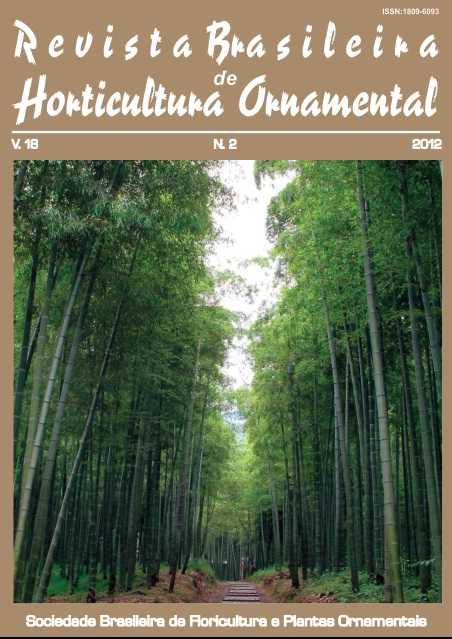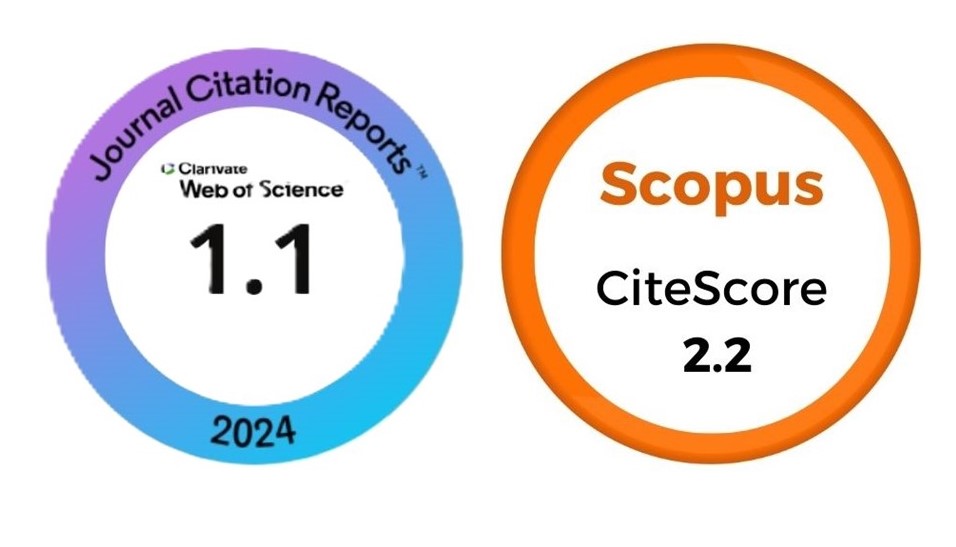Identification of plant-parasitic nematodes of ornamental bulbs and use of hidrotermotherapy to control Pratylenchus crenatus on lily
DOI:
https://doi.org/10.14295/rbho.v18i2.457Keywords:
Pratylenchus crenatus, P. zeae, Meloidogyne incognita, M. javanica, hidrotermotherapy.Abstract
Nematodes associated to ornamental bulbs can affect all parts of the plants, including roots, bulbs, and also the shoot part (leaves). The objective of the present work was to discuss the importance of nematode species found associated to the most cultivated species of ornamental bulbs in Brazil and those imported from Netherlands and the United States. Results indicated that the majority of the ornamental plants imported from Netherlands and the United States showed only free living nematodes (60% of 332 samples). However, in 35% of the samples were found Pratylenchus (P. penetrans and P. crenatus), and in 5%, Meloidogyne (M. incognita and M. javanica). In relation to the samples collected in Brazil, in 30% were detected Pratylenchus, including P. zeae in Ornithogalum sp. and Tulbaghia sp., from Holambra-SP and Lilium cv.
Stargaze, from Munhoz–MG, which constitute in the first report of this species in ornamental bulbs in Brazil. Meloidogyne was found in 10% of the samples analyzed. Meloidogyne incognita was reported for the first time in Brazil in Colocasia sp. and Polianthes tuberosa from Holambra-SP. However, it is not known if the presence of these nematodes can affect the production and the quality of the ornamental bulbs, thus future studies are required to clarify this possibility. Additionally, it was tested the efficiency of the method of hidrotermotherapy in the control of Pratylenchus crenatus present in lily hybrid
Jet Set imported from Netherlands. The most efficient variation of time and temperature assessed was the thermal bath at 39ºC per two hours, which showed to be efficient in the control of nematodes without affect the plants development.








